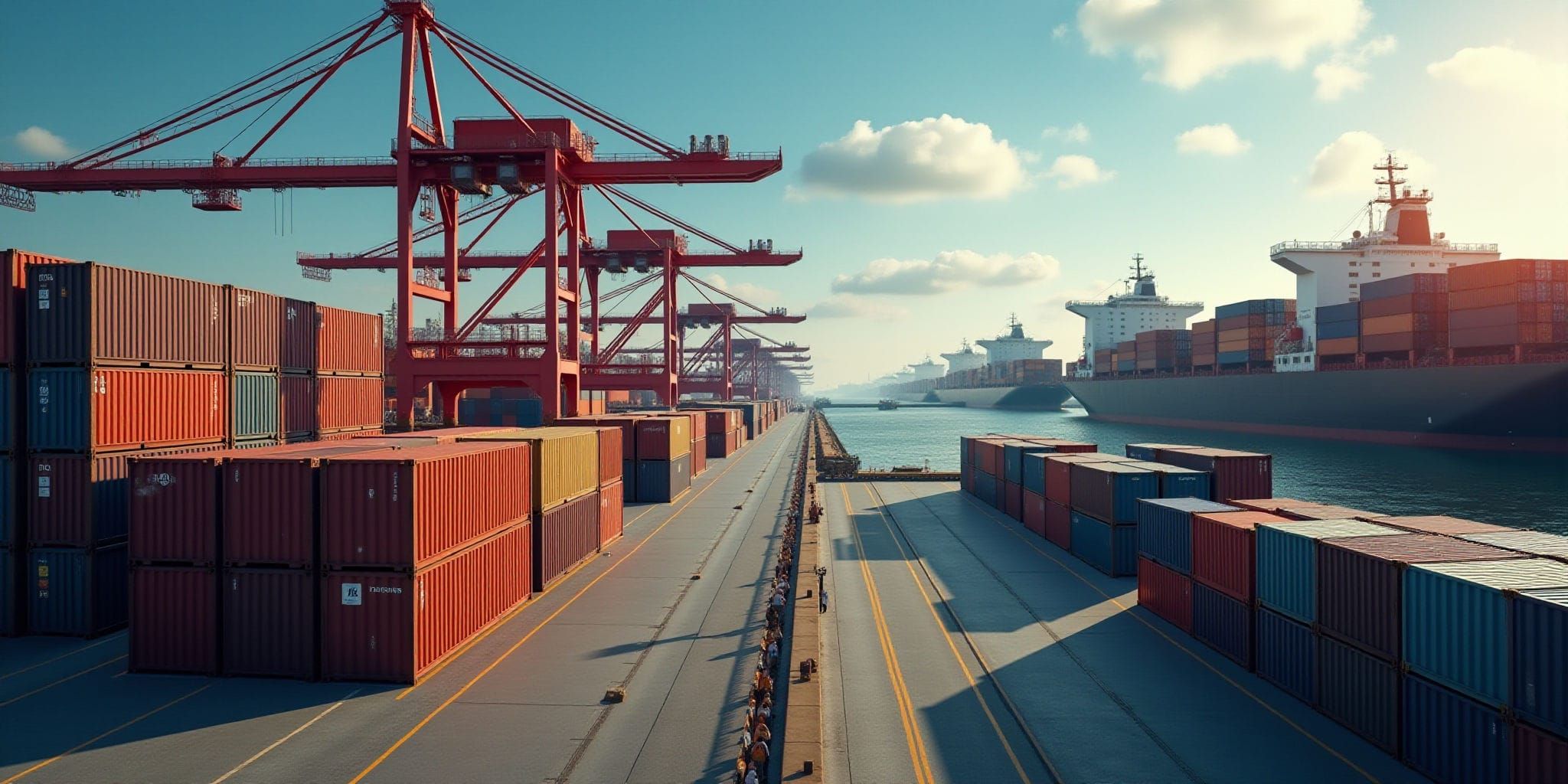March 11, 2025

In the ever-evolving landscape of global trade, the logistics industry is perpetually poised to adapt to market and policy fluctuations. Among these, the recent dynamism surrounding tariff policies under the Trump administration has significantly impacted supply chain decisions, particularly for U.S. retailers. As businesses strive to mitigate risks and manage costs, a strategic shift towards frontloading inventory has surfaced as a prevalent trend. This article dives into the implications of this strategy on the logistics sector as retailers anticipate sustained growth in cargo volumes at U.S. ports.
As reported by the National Retail Federation and Hackett Associates' Global Port Tracker, U.S. ports anticipate a continued surge in imported goods as retailers frontload inventory amidst tariff uncertainties. This preemptive stocking, primarily a reaction to volatile policy landscapes, indicates a strategic shift to guard against potential disruptions in trade flows. The anticipation of increased tariffs has led businesses to import goods in advance to avoid costlier duties later, a tactic that has resulted in a discernible rise in cargo volumes at major ports across the nation.
This trend reflects a broader sentiment within the logistics community regarding the unpredictability of international trade under current U.S. policies. By accelerating imports, retailers aim to buffer against looming tariff hikes, ensure stable supply chains, and sustain their competitive edge in the domestic market. Consequently, this influx demands adept handling and agile adaptation within logistics operations, emphasizing the need for enhanced efficiency and capacity management at ports.
The ramifications of this frontloading phenomenon reverberate deeply through the logistics sector. For logistics professionals, the influx in cargo volume fundamentally necessitates an augmentation of both infrastructural resources and workforce capabilities. Ports are compelled to accommodate higher throughput levels, driving a necessity for expanded warehousing, improved transportation linkages, and perhaps even operational hour extensions to smoothly manage the increased workload.
Companies within the logistics domain must also adapt by refining inventory management techniques and fortifying their supply chain resilience. The demand for skilled labor and sophisticated technology solutions that enhance visibility and transparency becomes increasingly crucial to navigate these turbulent times. Furthermore, this environment catalyzes opportunities for third-party logistics providers who can offer strategic solutions for the complexities arising from this prolonged spike in activity.
The strategic decision by retailers to frontload inventory underscores the profound impact of geopolitical and economic factors on logistics operations. As the industry faces these challenges, the ability to adapt and innovate remains key. For stakeholders across the supply chain, staying informed and agile is paramount to maintaining robustness in the face of uncertainties. By fostering an adaptable and forward-thinking approach, logistics professionals can not only manage current disruptions but also position themselves advantageously for future developments. As readers continue to navigate these complexities, staying updated on policy shifts and market trends will be vital in crafting resilient and efficient logistics strategies.